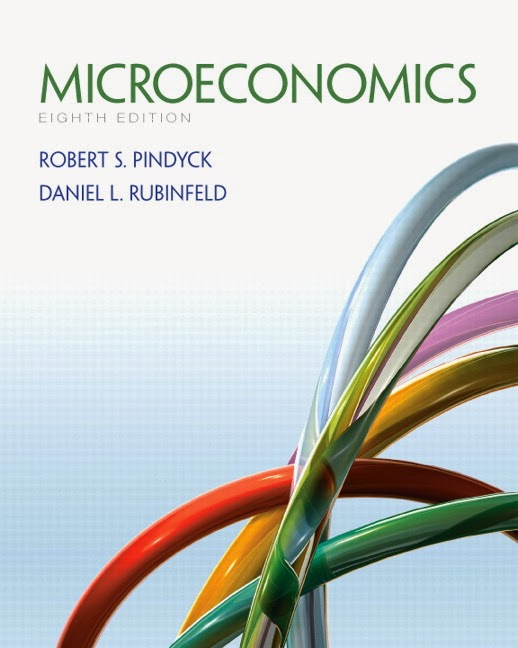
INTERMEDIATE MICROECONOMICS
 |
| Fall 2016 |
 |
Economics 201 INTERMEDIATE MICROECONOMICS |
|
|
|
|
|
|
III. Market Structure, Competitive Strategy, and Input Markets A. Market Power: Monopoly
1. Revenue . . . . . . 2. Profit maximization . . . . . . . . . 3. Pricing rule of thumb . . . . . . 4. Measuring monopoly power . . . . . . 5. Sources of monopoly power a. Elasticity of market demand . . . . . . . . . . b. Number of firms
. . .
(1) Patents - protects technology and processes (2) Copyrights - written material, music, software (3) Licenses - required by a government to enter a market (4) Economies of scale . . . . . . . . . . c. Interaction among firms
. . . 6. Social costs of monopoly
. . . . . . . . . .
. 7. Dealing with monopoly power a. Price regulation (1) Impact on profit maximization . . . . . . . . . . (2) Natural monopoly
. . . . . . . . . . (3) Regulation in practice
. b. Antitrust laws
. (1) Restrictions on firms
(a) Contracts, combinations, or conspiracies in restraint of trade (b) Parallel conduct - implicit collusion where one firm follows the actions of another (c) Monopoly or attempts to monopolize (d) Predatory pricing - pricing to drive competitors out of business (e) Mergers and acquisitions that reduce competition (f) Price discrimination to injure competition . (2) Enforcement (a) Antitrust Division of the Department of Justice
. (b) Administrative procedures of the Federal Trade Commission . (c) Private proceedings
. |